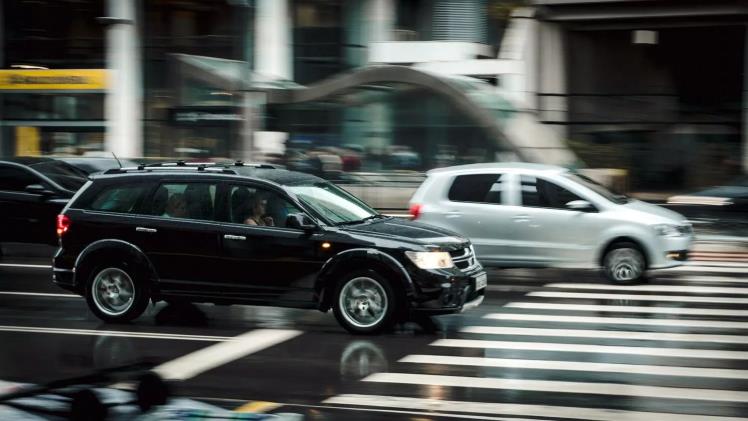Do you frequently drive or walk through regions with heavy traffic, numerous junctions, and crosswalks? Or a pedestrian who was just struck by an automobile in a crosswalk? Or perhaps you were the one behind the wheel.
In this region, crosswalk laws can sometimes be perplexing, especially when dealing with vehicles and pedestrians from other states unfamiliar with the local regulations. And somewhat counterintuitively, vehicles are not always to blame for accidents that occur in crosswalks. Here are a few highly crucial points to be aware of regarding Oregon’s rules regarding pedestrian crosswalks. Read on to find out more here.
How do Crosswalks Work?
There are marked and unmarked crosswalks, respectively.
White lines identify designated crosswalks. At junctions without clearly designated crosswalks, there exist unmarked crosswalks.
What Rules Govern Pedestrian Crosswalks in Oregon?
When a car in Oregon is required to yield to a pedestrian at a crosswalk, we are frequently asked when a pedestrian has the advantage.
Here is a thorough list of the most significant traffic, pedestrian, and crosswalk laws:
- When people are correctly crossing crosswalks, drivers are required to stop.
- Whether there is a traffic light or pedestrian crossing signal at the intersection determines whether a pedestrian is crossing correctly.
- If the junction has a traffic light, a pedestrian can cross when facing a green light or green arrow but is not permitted to do so when facing a yellow or red light.
- If there is a pedestrian crossing signal, only the “walk” signal may be used to cross; the “do not walk” or “wait” signals are not permitted.
- If a vehicle is so close as to provide an imminent threat, a pedestrian may not step off the sidewalk regardless of whether there is a traffic light or pedestrian crossing signal.
- But once more, if a vehicle is so close as to present an imminent threat, a pedestrian cannot step off the curb even if the walker possesses a green light or walk signal.
Therefore, whether you have a green light or a walk signal, ensure no automobile is coming before you step off the curb. Even if the automobile is slowing down or stopped, you must ensure the driver sees you before you step off the curb if a car is close.
These mishaps are entirely preventable, but sadly, they happen too frequently.
Whether you were the driver or the pedestrian struck by a car at a crossing, you may require legal counsel if involved in a crosswalk accident. Speak with a personal injury lawyer.

